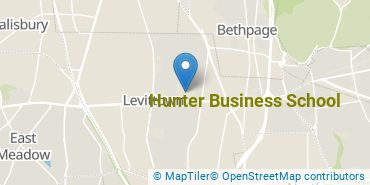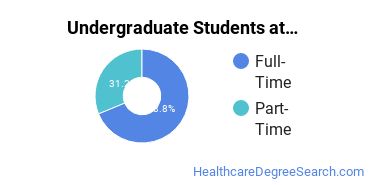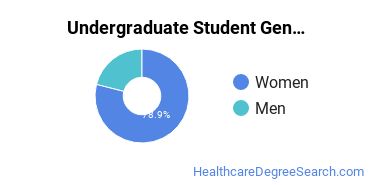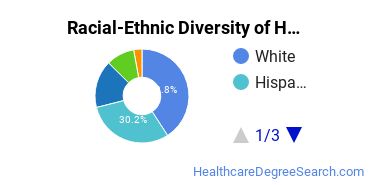Hunter Business School Healthcare Programs
Hunter Business School is a private for-profit institution situated in Levittown, New York. Levittown is a good match for students who enjoy the safety and convenience of the suburbs.
Featured schools near , edit
Where Is Hunter Business School?

Contact details for Hunter Business School are given below.
| Contact Details | |
|---|---|
| Address: | 3601 Hempstead Tpk Unit19, Levittown, NY 11756-1375 |
| Phone: | 516-796-1000 |
| Website: | hunterbusinessschool.edu |
Can I Afford Hunter Business School?
Student Loan Debt
While almost two-thirds of students nationwide take out loans to pay for college, the percentage may be quite different for the school you plan on attending. At Hunter Business School, approximately 68% of students took out student loans averaging $9,319 a year. That adds up to $37,276 over four years for those students.
Hunter Business School Undergraduate Student Diversity

Gender Diversity
Of the 737 full-time undergraduates at Hunter Business School, 19% are male and 81% are female.

Racial-Ethnic Diversity
The racial-ethnic breakdown of Hunter Business School students is as follows.

| Race/Ethnicity | Number of Grads |
|---|---|
| Asian | 16 |
| Black or African American | 127 |
| Hispanic or Latino | 192 |
| White | 340 |
| International Students | 0 |
| Other Races/Ethnicities | 62 |
Hunter Business School Healthcare Concentrations
The table below shows the number of awards for each concentration.
| Major | Basic Certificate | Undergraduate Certificate | TOTAL |
|---|---|---|---|
| Medical/Clinical Assistant | 0 | 313 | 313 |
| Medical Office Assistant/Specialist | 158 | 0 | 158 |
| Licensed Practical/Vocational Nurse Training | 0 | 68 | 68 |
| Medical Insurance Specialist/Medical Biller | 50 | 0 | 50 |
| Diagnostic Medical Sonography/Sonographer and Ultrasound Technician | 0 | 23 | 23 |
| Radiologic Technology | 0 | 13 | 13 |
| TOTAL | 208 | 417 | 625 |
References
*The racial-ethnic minorities count is calculated by taking the total number of students and subtracting white students, international students, and students whose race/ethnicity was unknown. This number is then divided by the total number of students at the school to obtain the racial-ethnic minorities percentage.
More about our data sources and methodologies.
